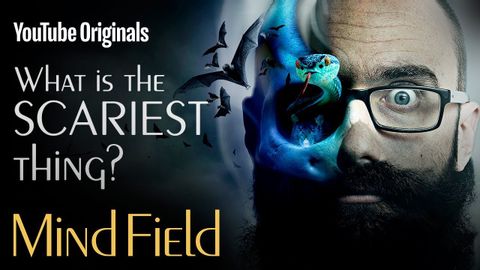
Subtitles & vocabulary
What Is The Scariest Thing?
00
林宜悉 posted on 2020/03/28Save
Video vocabulary
context
US /ˈkɑnˌtɛkst/
・
UK /ˈkɒntekst/
- Noun (Countable/Uncountable)
- Set of facts surrounding a person or event
- The circumstances that form the setting for an event, statement, or idea, and in terms of which it can be fully understood and assessed.
A2
More panic
US /ˈpænɪk/
・
UK /'pænɪk/
- Uncountable Noun
- Overwhelming feeling of fear and anxiety
- Intransitive Verb
- To feel sudden anxiety and fear and cannot think
B1
More adrenaline
US /əˈdrɛnəlɪn/
・
UK /ə'drenəlɪn/
- Noun (Countable/Uncountable)
- Chemical in the body that responds to stress, fear
- The intense excitement and energy felt when in a dangerous or exciting situation.
C1
More Use Energy
Unlock All Vocabulary
Unlock pronunciation, explanations, and filters
